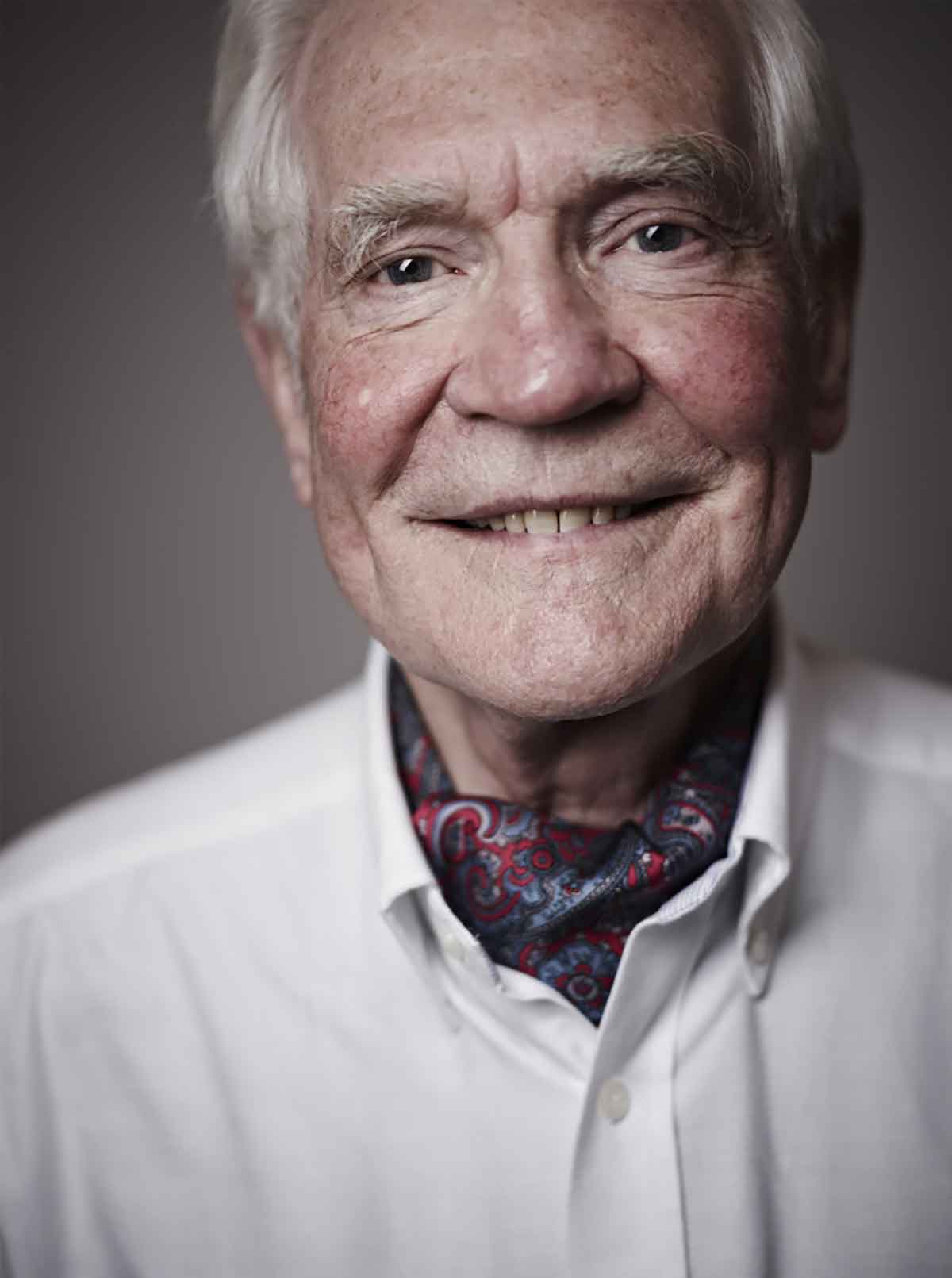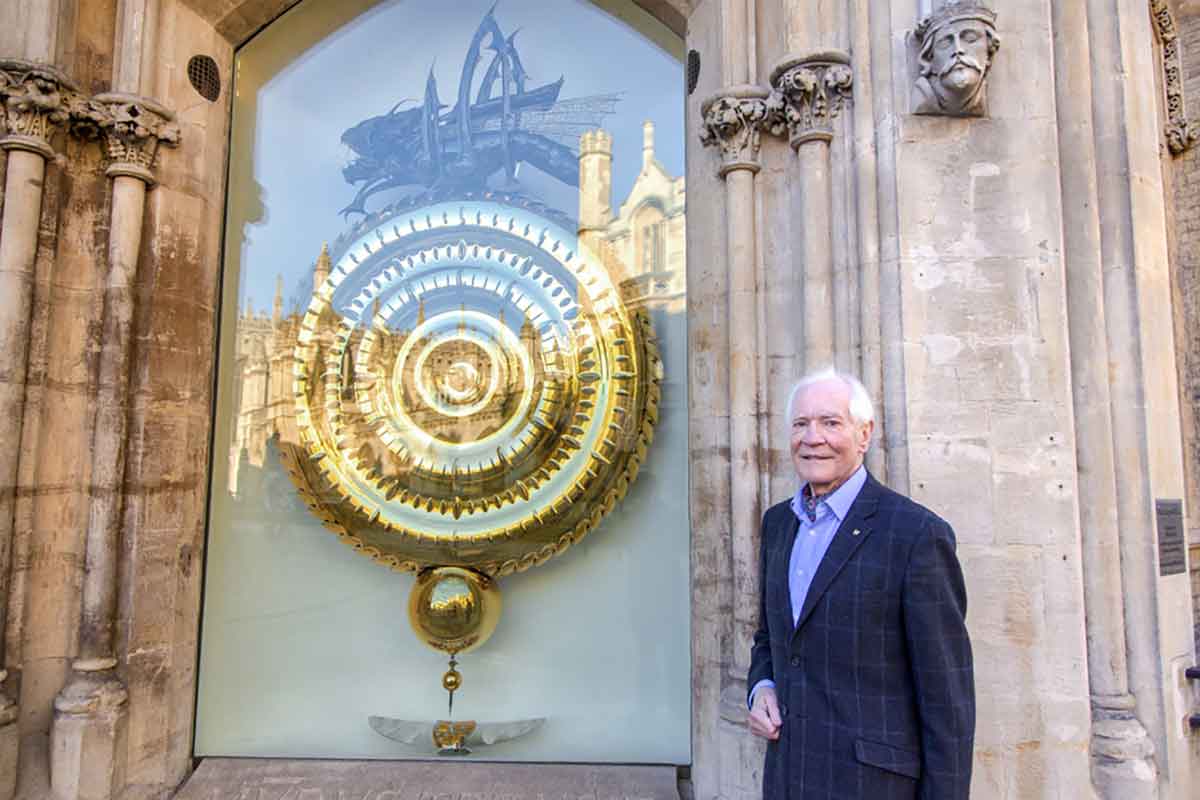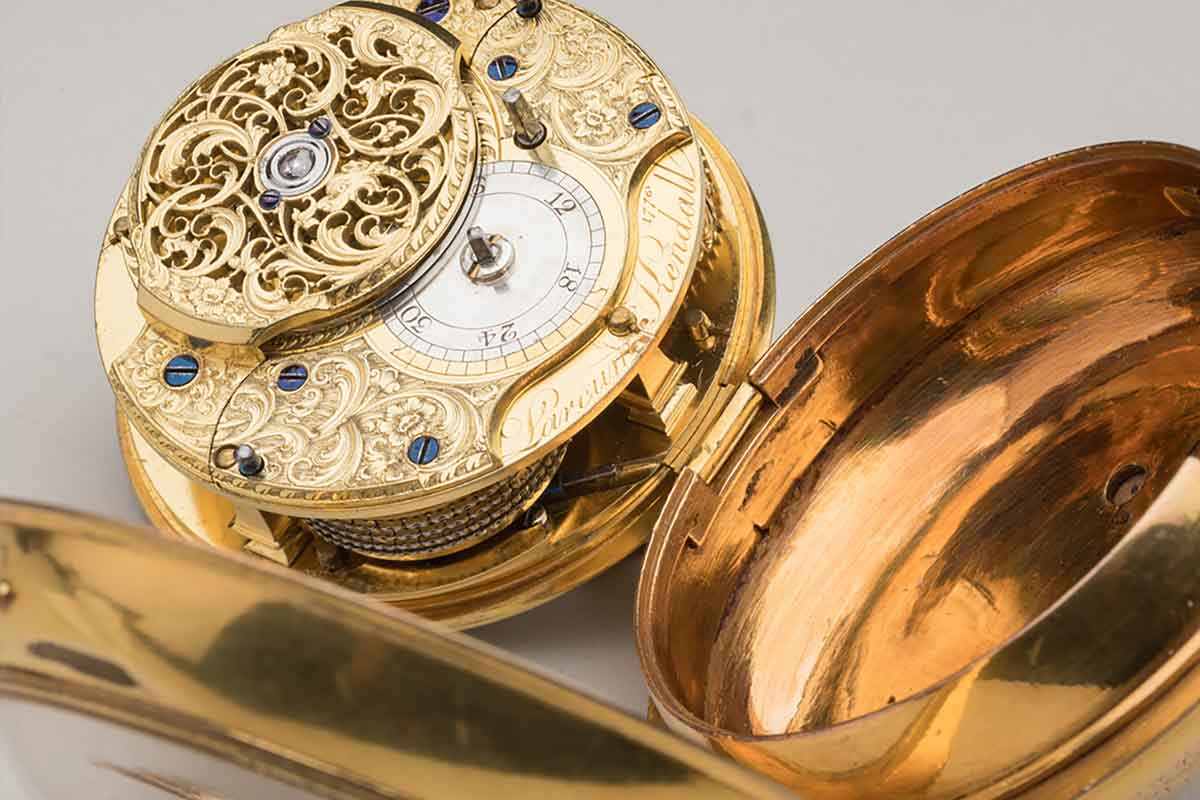
This article was originally published on the website MrWatchMaster.com. MrWatchMaster presents a uniquely authoritative resource, covering news, opinion, reviews and entertainment about the watch sector. Read more at www.mrwatchmaster.com.
The inventor, entrepreneur, philanthropist, and internationally renowned horologist and friend of MrWatchMaster, Dr. John C. Taylor OBE, has decided to sell a large selection of clocks from his personal collection. He recently explained how he developed an interest in clocks from an early age, when he watched his polymath father, Eric H. Taylor, carefully fix clocks that people brought to him to repair.
Dr. Taylor explains that his interest in astronavigation took him to clocks and of course to [John] Harrison. But then his interest in invention and how articles are manufactured took him back to read about Earnshaw whose design of chronometers was still being manufactured for the Royal Navy and all other ships at sea 200 years later in the Second World War.

But each generation of clockmakers stood on the shoulders of the previous generation, so his interests took him to the great masters of horology, including Mudge, Ellicott, Quare, Shelton, Graham, Banger, Tompion, the Knibbs, the Fromanteels, East, Ramsay, and Vallin, to name a few.
To start a collection, you need three things:
Usually you only have one or possibly two of these necessities. It is rare to have all three!
He says that he never took a conscious decision to start a collection—it just sort of happened. But then, like many collectors, it became part of his life. He wanted to educate and inspire others into the wonders and mysteries of clockmaking. He encouraged anyone who was interested to come visit him, and see and discuss the clocks. But given he lives on the Isle of Man, few could make the trip, so he started lecturing and showing his clocks in Oxford, Liverpool, HetLoo, Pasadena, and London. He lent clocks to many other exhibitions including the Science Museum, National Museum of Scotland, and the Manx Museum.

He believes that he has been lucky to collect some early clocks, and it is important to show the development and invention in horology. He has had great pleasure in trying to publicize his collection. He changed the way clocks were photographed and presented by taking all the photographs for Masterpiece in 2003 himself. Transporting and putting on an exhibition in, say, London cannot be done without complicated logistics and considerable expense— even just for the insurance. Other collections are hidden away and their trustees deliberately do not advertise their existence to cut down on visitors. Even the British Museum Students Room is a closely guarded secret.
He still can pass his annual private pilot’s medical but, in a few months, he will be 85. He thinks that he should not leave this problem too long as it may suddenly become a problem for others. While he is still around to be able to help tell each clock’s individual story, the only way that he can see that the clocks in his collection will be lovingly looked after and appreciated in the future is to pass them on to others who will also love, honor, and cherish them as he has done.
Around 150 different clocks, watches, and instruments will be offered for sale over the course of the next 18 months through the prestigious clock and watch specialist Carter Marsh & Co, based in Winchester, Hampshire, England. For further information, please visit https://www.cartermarsh.com. For further information about Dr. John C. Taylor, please visit his website at https://www.johnctaylor.com.

